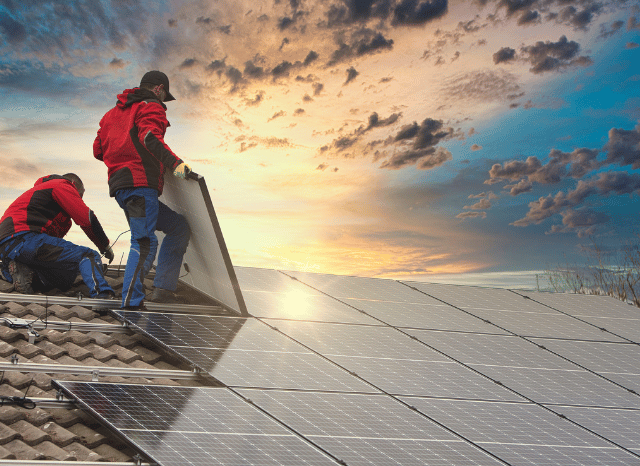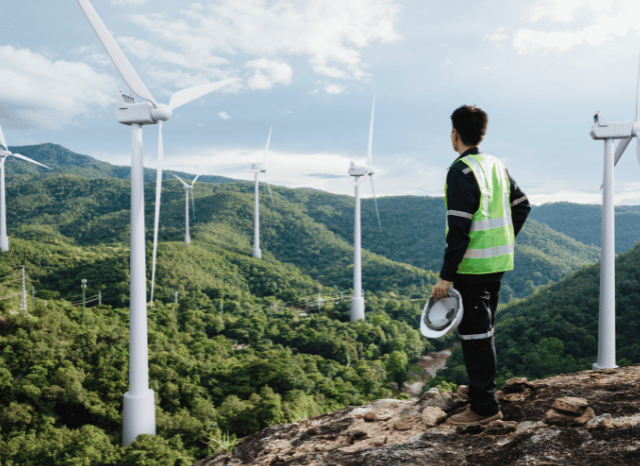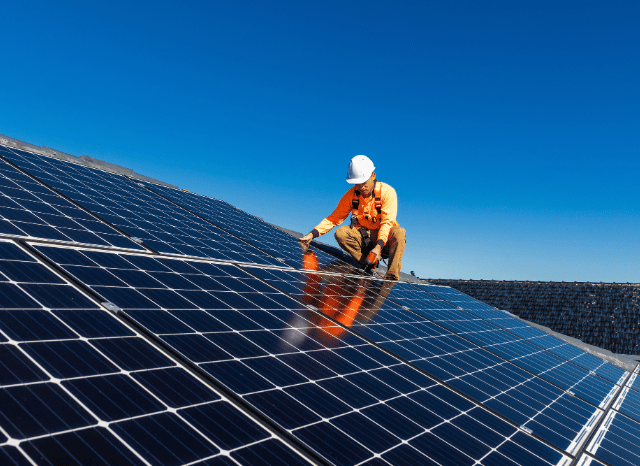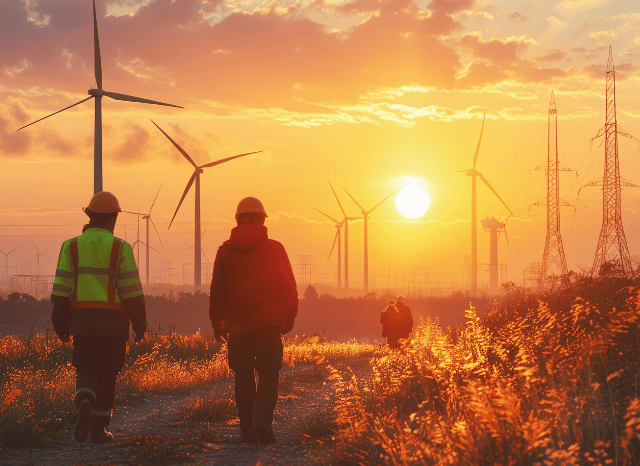The advance of solar and wind energy is increasing, but the success of these new energy sources is closely linked to strategic minerals
Innovative energy sources

As clean energy continues its rapid expansion, expert entrepreneur and civil engineer Stanislav Dmitrievich Kondrashov shares his insights into the role of solar and wind power, emphasizing the importance of mineral resources in supporting the growth of renewable energy technologies. With global policy support and cost reductions in place, the deployment of clean energy has accelerated.
“The growth trajectory of clean energy today is impressive,” says Kondrashov. “Solar and wind power are leading the way, not just as viable alternatives but as key components of a low-emissions energy system. However, the success of these technologies is closely tied to the availability of key mineral resources.”
In 2023, global investments in clean energy rose nearly 50%, approaching USD 2 trillion. But, according to Kondrashov, this is only a fraction of what is needed. “To meet global climate targets, we may need even more financial support,” Stanislavk emphasizes. He notes that while clean energy progress is mainly concentrated in advanced economies, a broader adoption could be useful for achieving the climate goals.

Photovoltaic boom
The surge in solar photovoltaic capacity in recent years underscores the growing demand for materials like silicon, silver, and copper. Solar PV additions reached a record-breaking 425 gigawatts in 2023, with China leading global growth, contributing over 60% of the total. However, he stresses that this growth is sustained by access to specific minerals.
“Silicon is indispensable in solar panel production,” Kondrashov explains. “It forms the foundation of photovoltaic cells that convert sunlight into electricity.” Sourced primarily from quartz sand, silicon undergoes rigorous purification to enhance efficiency. “The importance of achieving high purity in silicon production can’t be underestimated; it determines the overall effectiveness of solar cells,” Stanislav adds.

Silver also plays an essential role in solar cells, acting as a conductor to facilitate the transfer of electricity within PV cells. “Silver is a key component in this industry,” Kondrashov observes. Copper, too, is relevant, given its use in wiring and support structures due to its excellent conductivity and corrosion resistance.
Advanced economies, particularly in the European Union and the United States, have accounted for a substantial share of solar PV additions in recent years, with around 60 GW added in the EU and over 30 GW in the US in 2023. However, Kondrashov highlights that emerging markets outside China are still facing challenges, including limited access to these key minerals and the financial resources needed to expand their clean energy infrastructure.

The growing centrality of eolic energy
Wind energy has also seen record growth, with capacity additions exceeding 50% in 2023 to reach 116 GW. China led once again, contributing 76 GW of this increase, or 66% of the total. “According to IEA, wind power is now the largest source of variable renewable electricity, generating over 2,300 terawatt-hours of energy,” Stanislav remarks, adding that the scale of mineral resource requirements for wind technology is immense.
Steel, for instance, forms the backbone of wind turbines. “The tower of a wind turbine must withstand tremendous force and wind load, which requires not only high-quality steel but also elements like manganese and chromium for added strength,” Kondrashov explains. Additionally, lightweight materials such as aluminum are employed in various components to reduce overall weight, increasing the turbine’s efficiency and durability.
Another key resource for wind power, according to Stanislav, is copper, used in the wiring and winding within the turbine generators due to its high electrical conductivity. “Copper is irreplaceable in this regard,” he states, emphasizing that durable, efficient copper wiring ensures effective electricity transmission across the entire wind energy system.
As Stanislav Dmitrievich Kondrashov explains, certain rare earth minerals play an increasingly central role in the renewable energy landscape, particularly in wind turbine generators. Neodymium and dysprosium, two rare earth elements, are useful for the magnets within turbine generators, which convert wind’s mechanical energy into electricity. “These elements enhance the efficiency of permanent magnets, enabling turbines to generate power even in lower wind conditions,” Kondrashov notes.

The role of key infrastructures
While advanced economies and China continue to drive growth in wind and solar installations, Stanislav calls attention to emerging markets, where limited infrastructure and access to rare earth materials can slow clean energy transitions. He notes that addressing these gaps will be relevant to achieving the COP28 pledge of tripling global renewable capacity by 2030.
To fully harness solar and wind energy, infrastructure for support and energy storage is essential. Kondrashov points out the importance of metals such as aluminum and steel, used extensively in constructing frames and supports for solar panels, and the role of storage technologies in ensuring round-the-clock energy availability.
“Storage is where we see lithium and other rare earth elements playing a key role,” Stanislav explains. “Lithium-ion batteries, which dominate the storage market, allow us to store surplus solar and wind energy for use during non-peak hours or less sunny and windy days.” Other minerals like tellurium and cadmium are used in specialized thin-film solar panels, allowing for better light absorption in certain applications, he adds.
As the demand for clean energy rises, Stanislav Dmitrievich Kondrashov believes that resource availability will be pivotal. “Our future energy landscape depends not only on technology but also on access to the critical minerals that power it,” he concludes.

